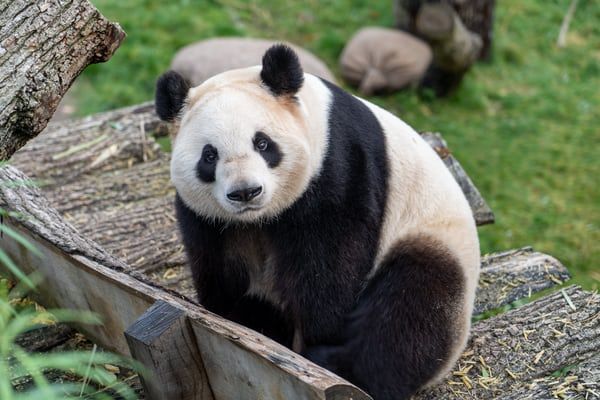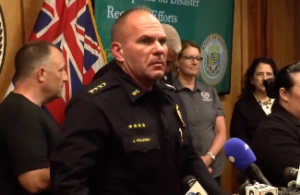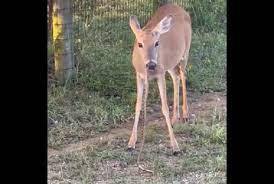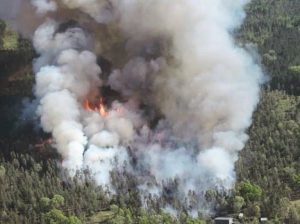A new tool to classify endangered species has been introduced by the International Union for Conservation of Nature (IUCN). Called green status, it will help conservators and Oxford University researcher Molly Grace outlined its potential to measure conservation progress in an interview with swissinfo.ch.
According to the latest edition of its Red List, currently, 38,543 out of 138,374 are threatened with extinction.
Rattlesnakes vary their rattle frequency according to threats, study finds
The Red List documents, developed in the past years, talks about the risk of extinction faced by a species and is an essential tool that allows conservators to assess which species need to be protected. With the green status, Grace said that they can now assess the impact of past and future conservation programmes and the level of recovery of a species.
According to IUCN, it classifies species into nine Species Recovery Categories, indicating the extent to which species are depleted or recovered compared to their historical population levels. Each Green Status assessment measures the impact of past conservation on a species, a species’ dependence on continuing support, how much a species stands to gain from conservation action within the next ten years, and the potential for it to recover over the next century.
28,000-year-old ‘perfectly-preserved Ice Age cub’ found in Siberia
How does the new tool work?
Grace explained that a species is assigned a score from 0 to 100 that reflects the size and distribution of the current population compared to the original situation before human influence. Zero means the species is extinct, 100 means it has fully recovered.
Some interesting tiger facts we bet you didn’t know
The new status helped animal conservators to make efforts to save grey wolf. The species was “least concern” on the Red List but the analysis showed that without conservation efforts there will be fewer and fewer grey wolves in Switzerland and Europe, said the researcher.







